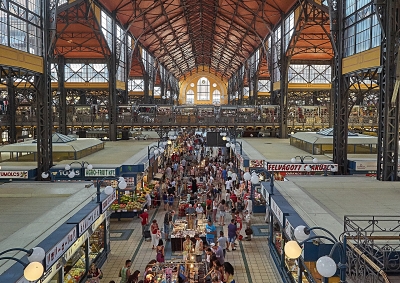BY ADELINE LIM
When one thinks of Hungarian cuisine, inadvertently a bowl of thick, steaming goulash comes to mind. In fact, many non-Hungarians think any stew cooked with an inordinate amount of paprika is a goulash. However the truth is further from what most people know. Gulyás, and not goulash, is actually not a stew – it’s a hearty soup, cooked with the lesser cuts of beef, onion and root vegetables, and seasoned with a liberal amount of paprika. The purists would say that a good gulyás should be cooked over an open fire in a bogrács (cauldron) and stirred with a long ladle which resembles a mini oar – the smoke of the open fire imparts a gorgeous smokey flavour to the soup. It’s hard to get past a good gulyás, but food lovers (or rather Explorers) should look beyond Hungary’s gulyás and explore some lesser known, but iconic traditional dishes.
Hungary’s soups and seafood
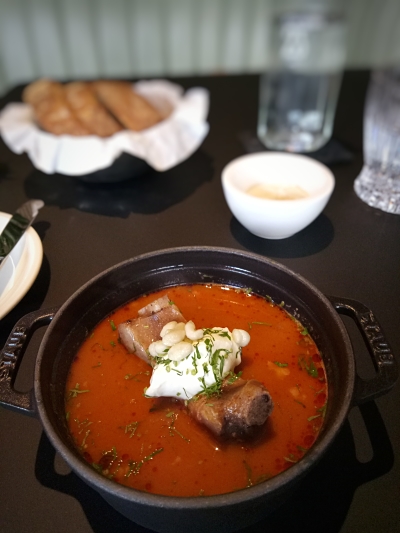
If you chance upon a menu item called Jókai bableves, füstölt oldalas, tejföl in the soup section, order that! It’s a marvellous bean soup with smoked spare ribs and sour cream, and it’s redolent of a gulyás but the beans (haricot and/or red kidney beans) thicken the soup slightly and impart an earthy tone, and root vegetables such as potatoes and carrots add sweetness to it. The spare ribs fall apart and melts in the mouth and its smokiness adds to the earthy undertones of the soup. The soup is called Jókai-style because its named after Mór Jókai, a famed Hungarian writer who adored this soup.
Harcsahalászlé is not too common in many restaurants. It’s a fish soup fishermen of the Danube and Tisza love to have by the river, cooking it on an open flame in a black kettle hung on a tripod. The soup’s subtle and distinct flavour is obtained through its main ingredient of catfish from the rivers and the depth of flavour is achieved through the fish stock, which is cooked with onions, paprika and fish bones. If you love the French Bouillabaisse, this is the answer to your dreams in Hungary.
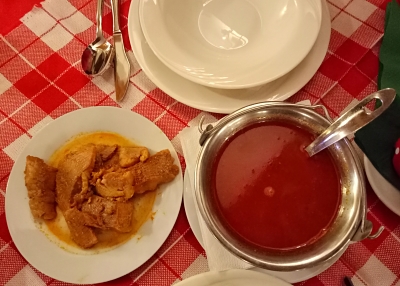
The cities along the Danube are also famous for, a catfish stew with paprika, served with Hungarian-style pasta sprinkled with cottage cheese. It’s a hearty and tasty dish, for those willing to shelf their diet plans for the evening, and indulge.
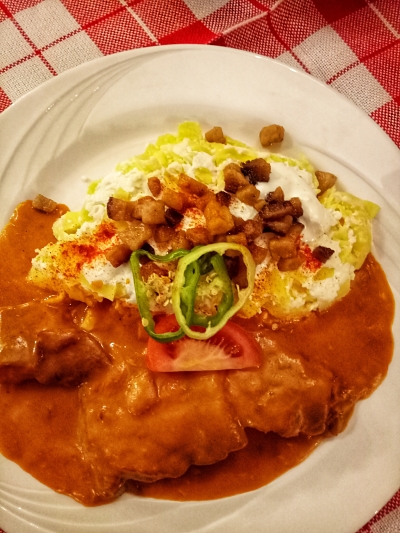
Poultry, pork and cabbage
Chicken paprika, or csirkepaprikás is also a fabulous home-style dish. It’s a chicken stew normally served with nokedlivel (egg noodles which resemble the German spaetzle). Again, it’s a hearty and delicious dish which you’d want to recreate in the comforts of your home kitchen once you’ve tasted it.
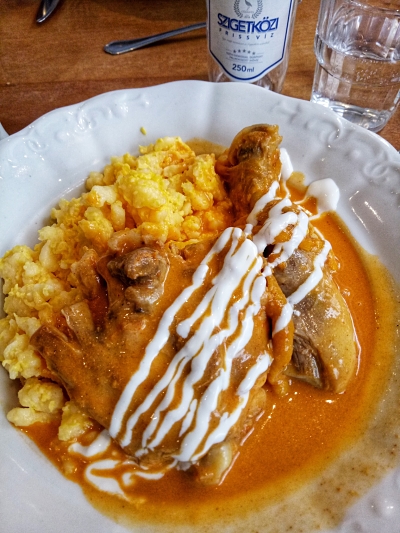
There was an old saying in the 17th and 18th centuries in Hungary, ‘meat and cabbage are the coat of arms of Hungary’, and nothing personifies this more than töltött káposzta, a comforting dish of cabbage stuffed with pork and flavoured with paprika. Everyone in Hungary used to eat and love this – rich or poor, and it is regarded as one of the country’s national dishes. Having this dish makes one feel loved, as though being cuddled with warm blankets during winter.
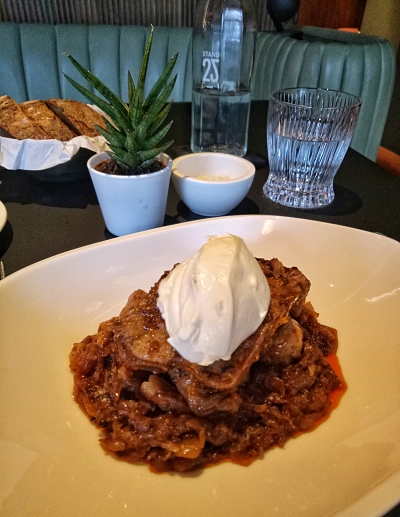
Hungarian dishes are so hearty that it is rare that you’d need a starter to go with your main. But if your restaurant has a dish called töpörtyű, try it. The dish is made with pork or duck crackling, but the posh places might use goose crackling. In Gettó Gulyás in Budapest, they serve it with their bread, and mix the crushed goose crackling with paprika, onion, garlic and tomatoes. It’s a mouth-watering spread and so more-ish it is hard to stop oneself from demolishing the entire basket of bread.
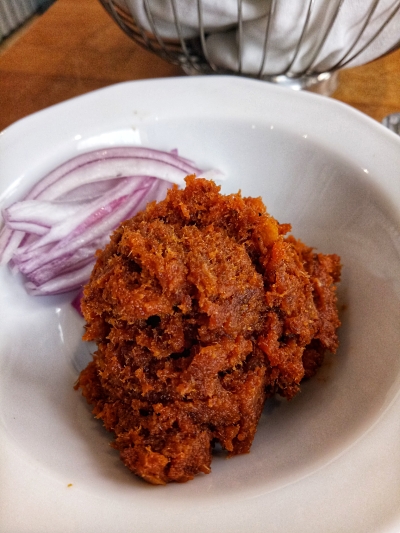
Don’t like paprika?
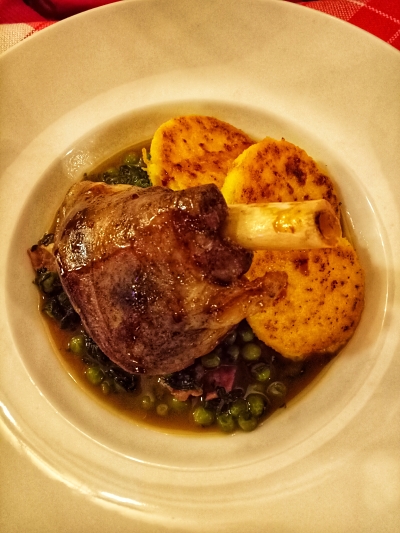
Have no fear, if you can’t stand the taste of paprika, there is salvation for you yet. Seek out báránycsülök konfitálva – which Google Translate mangles by calling it confused lamb chops. But it’s actually braised knuckle of lamb, and generally served with peas and mashed potatoes, or polenta (kukoricapürével). It goes well with the Hungarian Egri Bikavér, a cool climate, dry red wine blend with a large percentage of Kékfrankos (Blaufränkisch) known to many as Bull’s Blood. It hails from the Eger, in north Hungary, between Budapest and Tokaj.
Hungarian wines
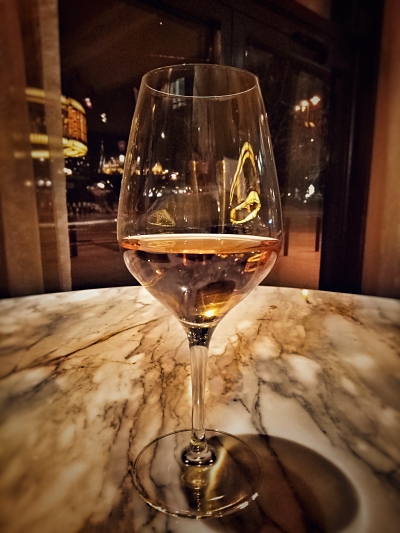
The wine that takes centre-stage in Hungary, however, is the renowned Tokaji Aszú – a sweet dessert wine made from Tokay grapes with ‘noble rot’ a beneficial botrytis mold which typically affects the grapes towards the end of October. The mold dehydrates the grapes, leaving them raisin-like and the process concentrates the sugars and flavours. The high residual sugar provides the grape a rich, complex, luscious and honeyed character. The sweetness and quality of the wine is measured in a term called puttonyos and the most prized types are as high as five or six puttonyos. It is unlikely that you’d have space for a traditional dessert after a good Hungarian meal, but the Tokaji Aszú fills that need for something sweet in a most elegant and refined manner – the perfect way to finish your meal.
Snacking in Hungary
If you do need a snack between meals though, seek out the Túró Rudi, found in the refrigerated dairy section of any grocery store. It’s a chocolate bar filled with quark cheese – a strange combination to some, but delicious to the Hungarians and perfect when you need a cold treat in the summer heat. Another snack not to be missed is the Kürtőskalács, a cake dating back to the 17th century, specific to Hungarians from Székelys, but now found on nearly every street corner in Budapest centre. It’s a chimney-shaped cake, of sweet yeast dough rolled in granulated sugar, baked on an open fire. As it bakes, the sugar caramelises and forms a crispy delicious crust.
About the author
Adeline Lim is a serial traveller with an insatiable appetite for good food. She eats almost everything, and is willing to try anything; she loves her beer and wine and everything in between. More about Adeline here.

